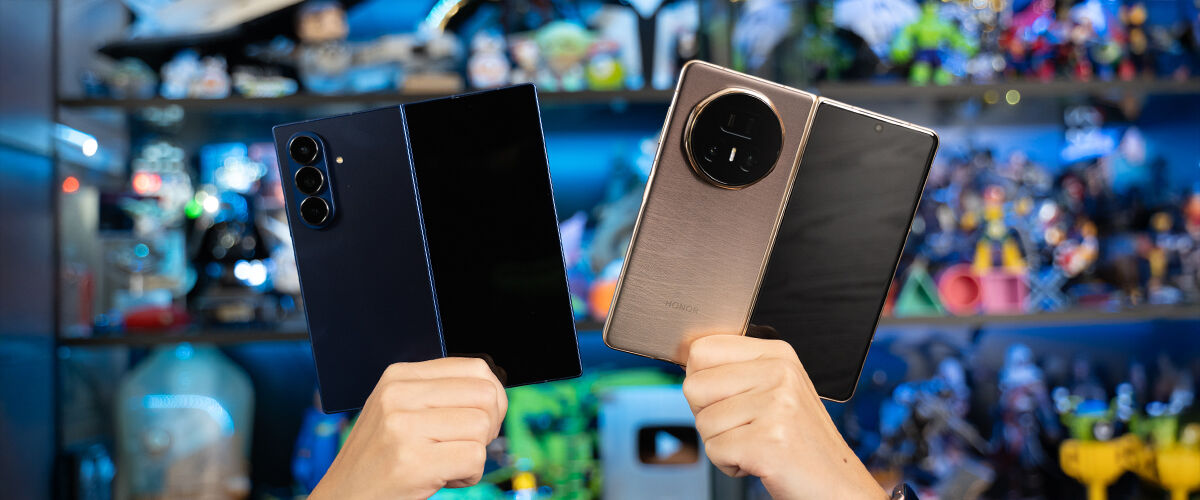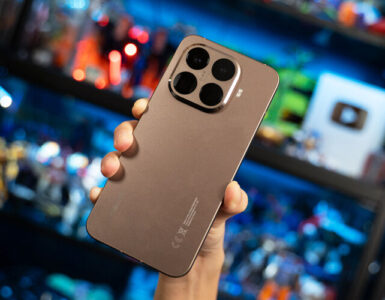Foldable smartphones may not have been the best fit for the pocket in their early days, but the current landscape paints a different picture as lean and mean is now the name of the game, with each new iteration striving for a slimmer, more compact form factor, while also improving on build quality.
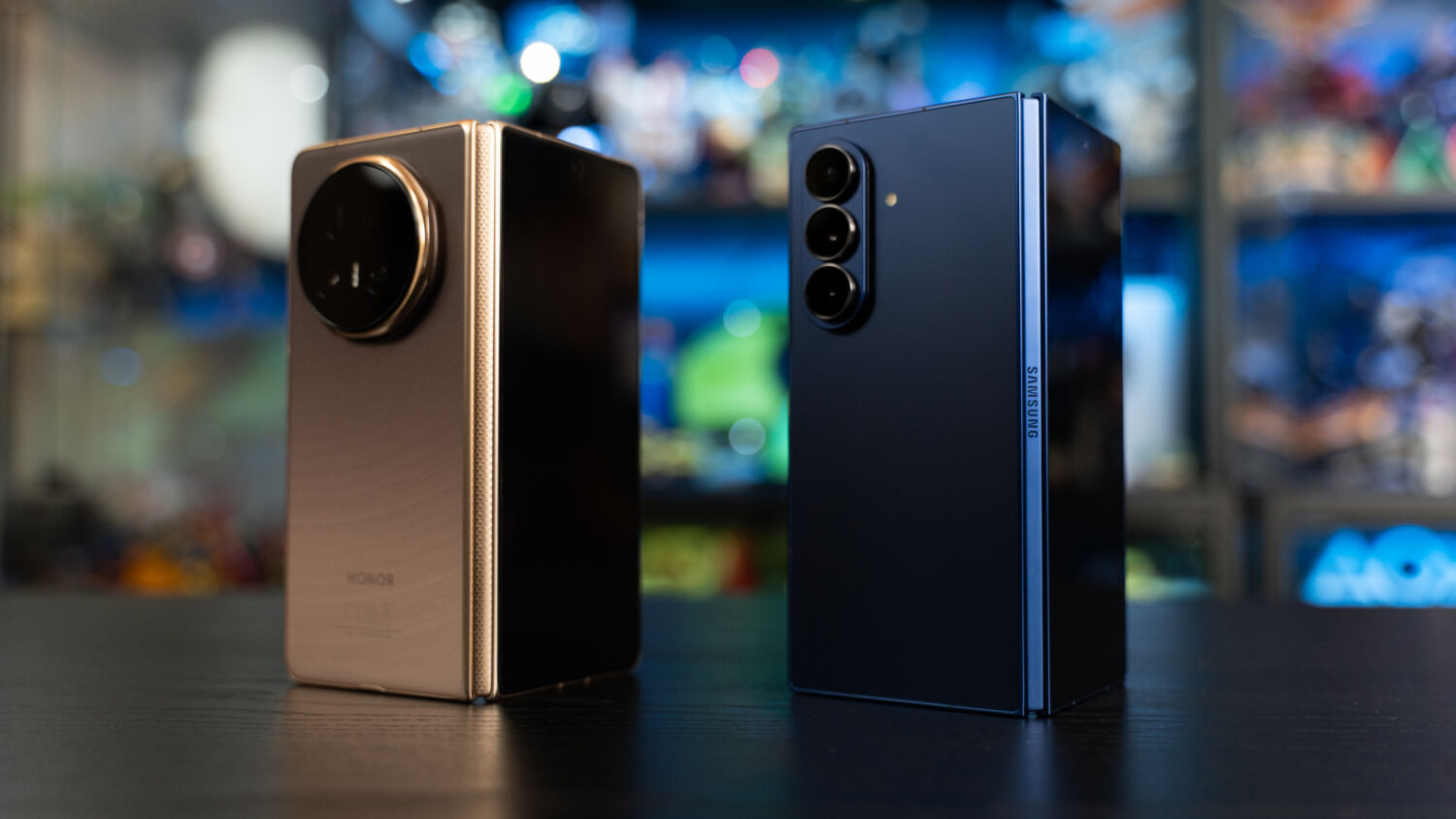
Following in the footsteps of the Honor Magic V3, which earned the, well, honour of being the thinnest tablet-style foldable last year, the Magic V5 touts the same promise again, pitting it toe-to-toe against its Samsung counterpart for the second time. The Samsung Galaxy Z Fold 7 isn’t letting up on the competition, either, establishing itself as the best performer in the lineup with a delicate balance of style and substance.
The shared focus on a lightweight, ultra-thin experience means subtle differences between them will play a key role in the purchase decision. From display properties and camera capabilities to pricing details, here’s how they match up across various categories.
Physical build and design

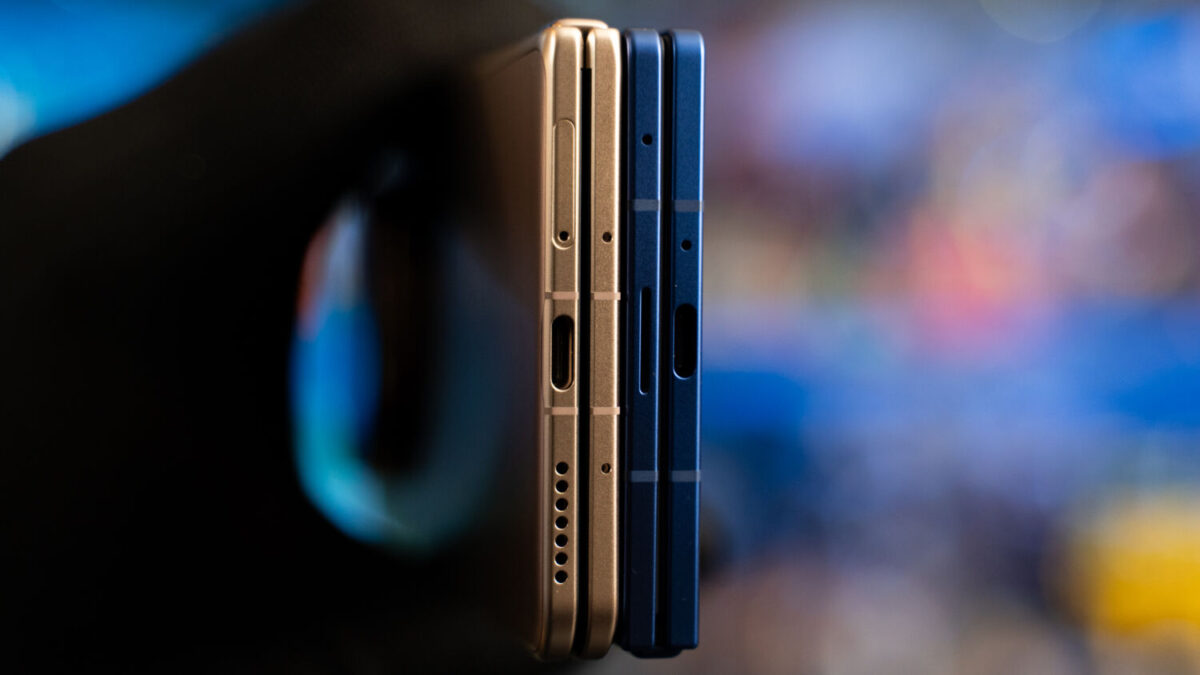
Hailed as the world’s slimmest foldable, the Honor Magic V5, depending on the colourway. At 156.8 x 74.3 x 8.8mm when folded, the Ivory White model is just a mere millimetre shy of the Galaxy Z Fold 7 (158.4 x 72.8 x 8.99mm), versus 9mm for all other iterations. In tablet form, it measures 156.8 x 145.9 x 4.1mm / 4.2mm, compared to 158.4 x 143.2 x 4.2mm on the Fold 7, coming in a little narrower and shorter.
Samsung has the upper hand in terms of weight, however. The device tips the scales at 215 grams, two grams lighter than Honor’s latest, and the seemingly minuscule difference can be felt in the hand. The larger camera bump on the latter makes it top-heavy and is especially pronounced in a horizontal grip, which may cause awkward finger positioning and frequent smearing on the lens. Meanwhile, the even weight distribution on the Galaxy Z Fold 7 ensures greater one-handed comfort and use, although both foldables will still rock when placed face up on a flat surface.
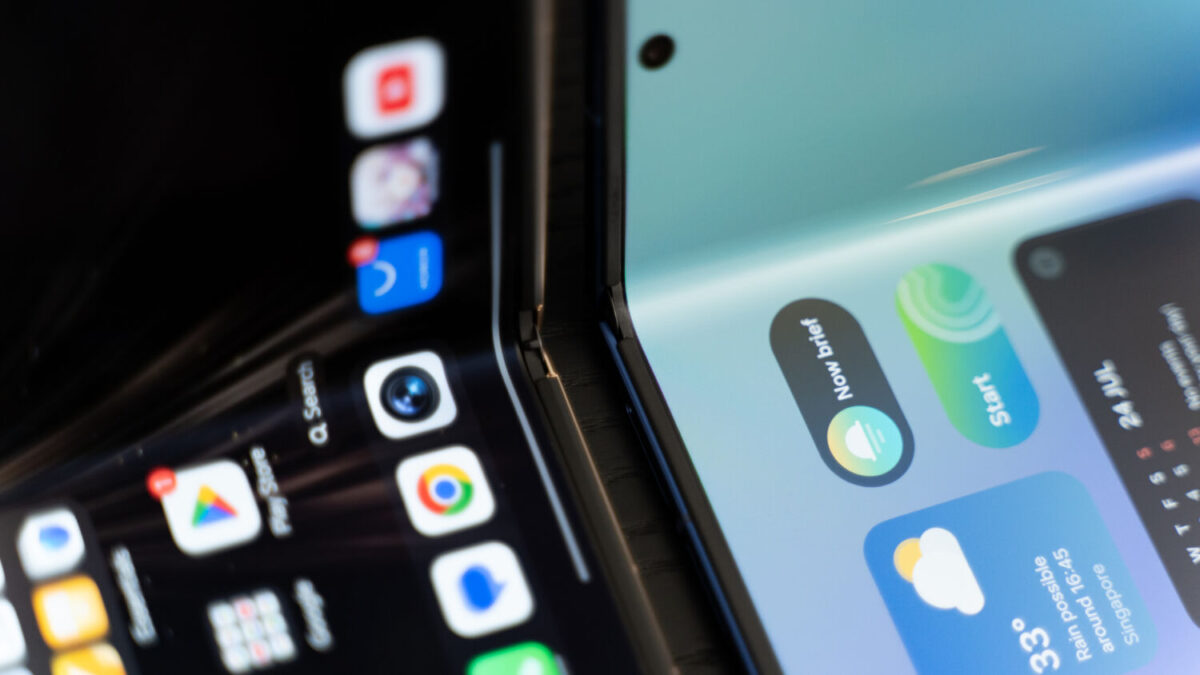
Keeping in line with flagship standards, the pair boast a solid chassis that shows little to no signs of flex. The hinge offers the right amount of resistance, and gliding it open proves to be equally smooth for the Galaxy Z Fold 7 and Honor Magic V5 alike, both of which bring their own touches to the foldable aesthetic: the former with an angular look, and the latter leaning into rounded corners. Build quality is top-notch across the board, barring a nitpick for Samsung’s model – skinny volume and power buttons on the side that could do with more tactile feedback – but otherwise, it has all the markings of a better performer, considering the difference in slimness is negligible.
Winner: Samsung Galaxy Z Fold 7
Display performance

Having a slightly bigger stature means increased screen real estate, and the Samsung Galaxy Z Fold 7 delivers that in the form of an 8-inch Dynamic AMOLED 2X QXGA+ display (2,184 x 1,968) and a 6.5-inch external FHD panel (2,520 x 1,080), both running at a refresh rate of 120Hz. In comparison, the Honor Magic V5 features a 7.95-inch OLED foldable screen with 2,352 x 2,172-pixel resolution, as well as a 6.43-inch OLED sub-display that supports a 2,376 x 1,060-pixel resolution.
There’s minimal distinction between the two, with images carrying sharp detail, vibrant colours and rich contrasts in both unfolded and candybar forms. For video content, users can expect deep blacks and smooth action, though Honor’s option allows for higher resolution playback – albeit hardly noticeable – at 403 pixels per inch (PPI) as compared to the Z Fold 7’s 368ppi. The Magic V5 also bests the latter with a peak brightness of 5,000 nits, almost twice that of the latter’s 2,600 nits, making it easier to read and view content in bright, sunny Singapore.
When it comes to crease visibility on the inner display, both devices have long proven that it’s no longer a major issue. The folding line continues to blend in seamlessly here, appearing nearly invisible when viewed head-on unless users are actively looking for it. It’s an impressive showing from Samsung and Honor, but the Magic V5 is ultimately pipped by the shallower grooves on the Galaxy Z Fold 7, which are smoother and gentler to the touch.
Winner: Draw
Hardware and software capabilities
Like most of its top-end contemporaries, the pair of foldables is equipped with the latest hardware: the Qualcomm Snapdragon Elite 8 chipset and an Adreno 830 GPU, translating to similar performance on paper. Indeed, the Galaxy Z Fold 7 and Magic V5 are equally competent at navigating between different apps and tackling day-to-day tasks with no signs of lag or struggle.
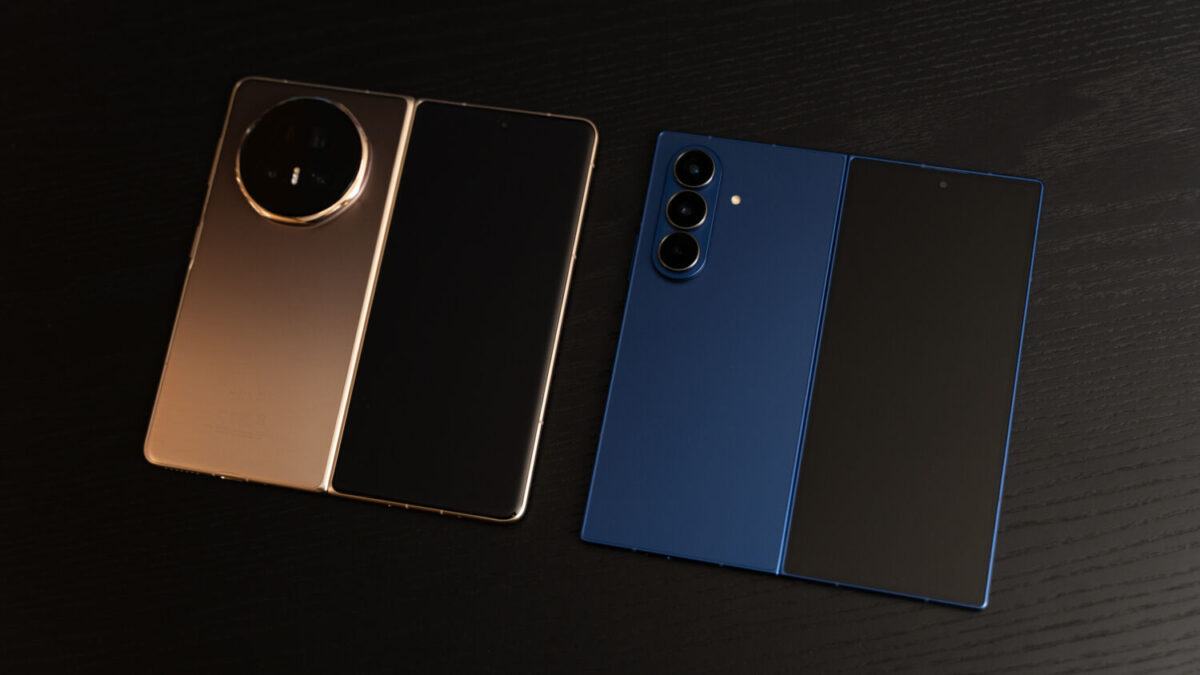
There are some caveats, however. The Honor model is susceptible to throttled performance in its current non-performance mode, especially when it enters heavy-lifting mode to run more GPU-intensive games like Genshin Impact and Wuthering Waves at higher graphical settings. Samsung’s alternative isn’t the best at it either, showing inconsistent performance and middling temperature control – an issue that also affects the Magic V5, even if Honkai: Star Rail remains a relatively smooth experience for both. Considering their lean chassis, thermal management can only be expected.
Multitasking-wise, the Galaxy Z Fold 7 affords more versatility. A maximum of eight apps can be open on the main display at any one time, and users are free to change their size or position however they wish. Like before, entering split-screen mode is a breezy affair on the Honor Magic V5, but a new Triple Split Screen now allows three apps to be displayed and switched between simultaneously, proving handy for specific use cases such as buying concert tickets. However, the device limits certain games to a fixed window size, so players who often consult walkthroughs may have a more difficult time reading or watching them.
As for artificial intelligence (AI) capabilities, the Samsung Galaxy Z Fold 7 and its Honor counterpart have inherited AI-powered tools from their respective operating systems and ecosystems. Like its mainline S25 series of sister devices, the former offers Google Gemini features such as Circle to Search, Live Translate, Cross App, and more, alongside Samsung-specific ones that include Audio Eraser, Now Bar and Now Brief, Object Eraser, and Portrait Studio.

The Magic V5, running on MagicOS 9.0, brings various perks like a built-in Image to Video functionality, which uses Google’s Veo 2 AI video generator to recreate any photo in the gallery into a five-second clip, AI deepfake detection for calls, an upgraded AI Eraser 2.0 with two shortcuts to remove unwanted subjects and reflections quickly, and more. Overall, most of the AI suite here serves more as bells and whistles than must-haves, elevating Samsung’s option to the better of the two for everyday use.
Winner: Samsung Galaxy Z Fold 7
Camera performance
Both imaging powerhouses in their own right, the Galaxy Z Fold 7 is outfitted with a triple-camera setup on its rear comprising a 200-megapixel (MP) main sensor, a 12MP ultrawide, and a 10MP telephoto lens. Meanwhile, the Honor Magic V5 sports a 50MP ultrawide camera, a 50MP wide snapper, and a 64MP periscope telephoto lens.
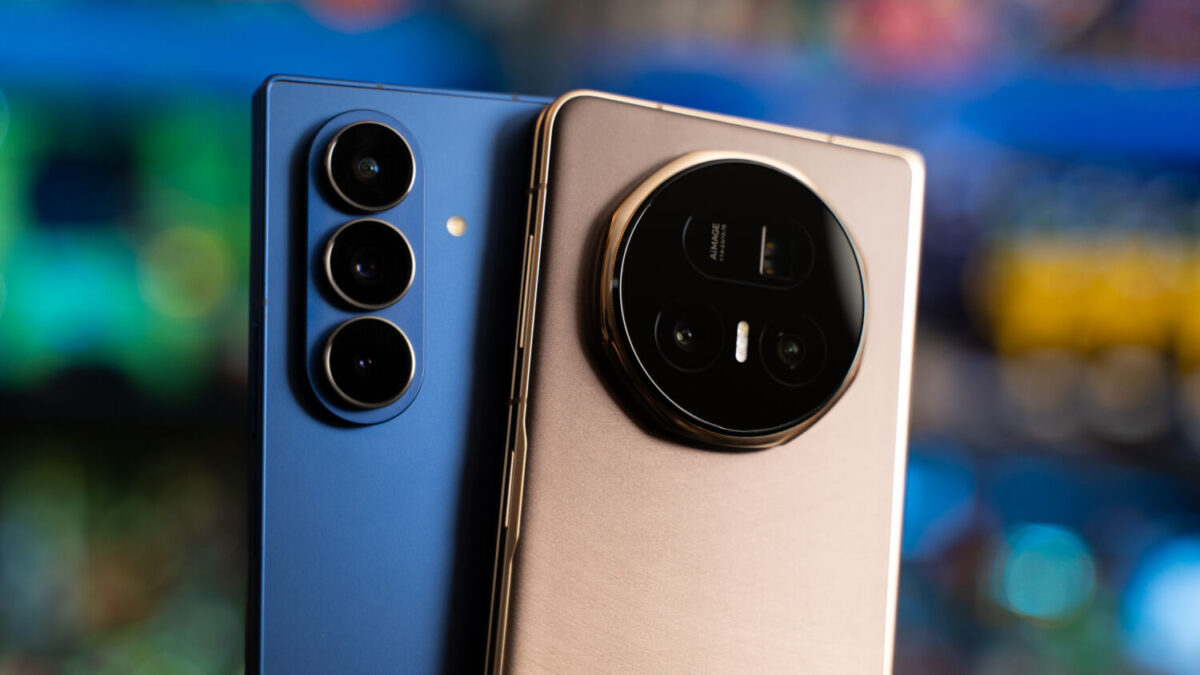
Pitting them against each other reveals equally decent quality, barring some drawbacks on each end. Where the welcome (and much overdue) step-up from 50MP to 200MP ensures impressive results in natural lighting or daytime environments, extending to rich detail, bright colours, great dynamic range, and natural bokeh, the former still suffers from shutter lag, slight (albeit improved) oversaturation, and mediocre telephoto capabilities.
The Honor Magic V5, meanwhile, excels in capturing sharp, colour-accurate images, respectable nighttime and low-light shots, and adequate depth of field, but the aggressive AI fine-tuning and low shutter speeds deal a blow to its appeal. Additionally, the Natural, Vibrant, and Authentic colour profiles let users switch up the mood and look of their photographs. Comparing their strengths and weaknesses side by side, the Samsung Galaxy Z Fold 7 and Honor Magic V5 are on fairly equal footing in the mobile photography department (left versus right in the photos below).


















Winner: Draw
Battery and charging
Numbers aren’t always indicative of real-world performance, but there’s already a clear victor. At 4,400mAh, the battery capacity of the Galaxy Z Fold 7 remains unchanged from its predecessor, lasting a woefully average 10 hours on a single charge when used for surfing social media platforms, listening to music, watching videos, and light gaming.
Under the same load, the Honor Magic V5 tapped out around the 13-hour mark, promising more than sufficient juice for a typical workday with its 5,820mAh battery. It also supports 66 watts of fast charging, as opposed to 25 watts of wired charging for Samsung’s latest foldable, bringing it to full charge from zero in one hour using the proprietary charger (versus 1.5 hours).
Winner: Honor Magic V5
Price and availability
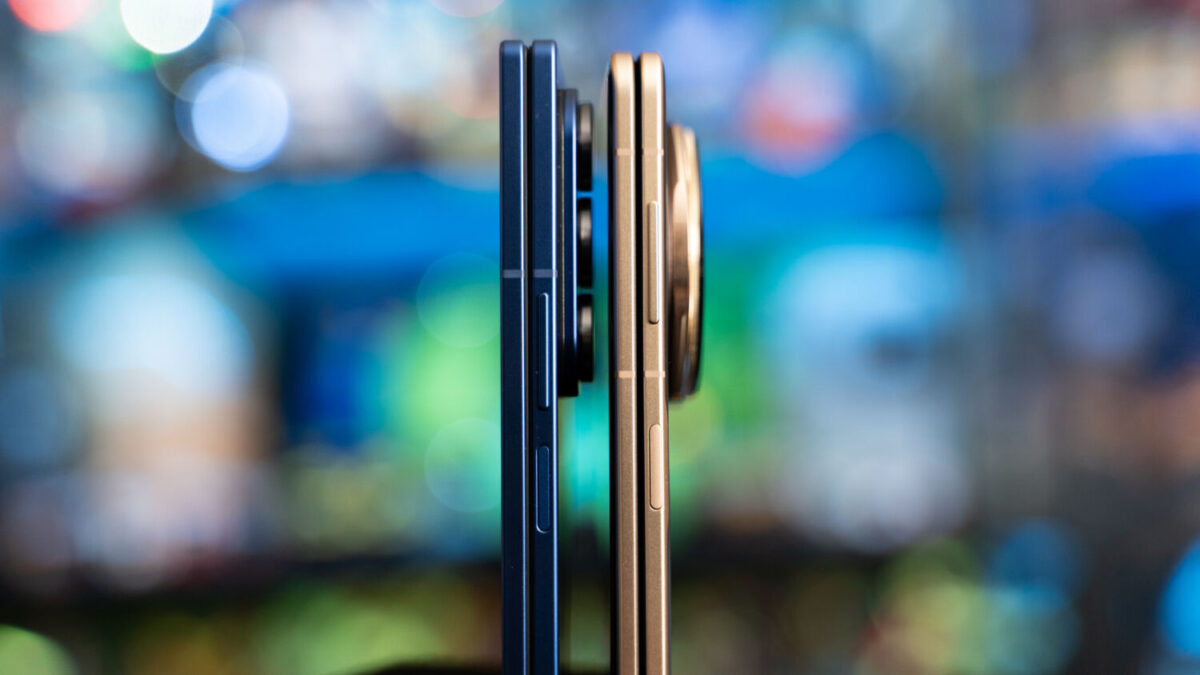
The Honor Magic V5’s limited availability would put it at a greater disadvantage, if not for the premium cost of the Samsung Galaxy Z Fold 7. Retailing for a base S$2,698 (12GB of RAM and 256GB of ROM), the latter costs S$499 more despite lacking Honor’s storage perks (32GB + 512GB for S$2,199), and that’s not taking into account the additional fees that come with storage upgrades, going up to S$2,878 (12GB + 512GB) and S$3,328 (16GB + 1TB).
The removal of the S-Pen stylus, included in the previous iteration, contributes to this lack of value, especially since it marks a sticker bump from its predecessor (S$2,548). As of now, the Magic V5 is only sold in China, Singapore, and Malaysia, so it’s a pity that the high price has set the Samsung Galaxy Z Fold 7 a few steps back.
Winner: Honor Magic V5
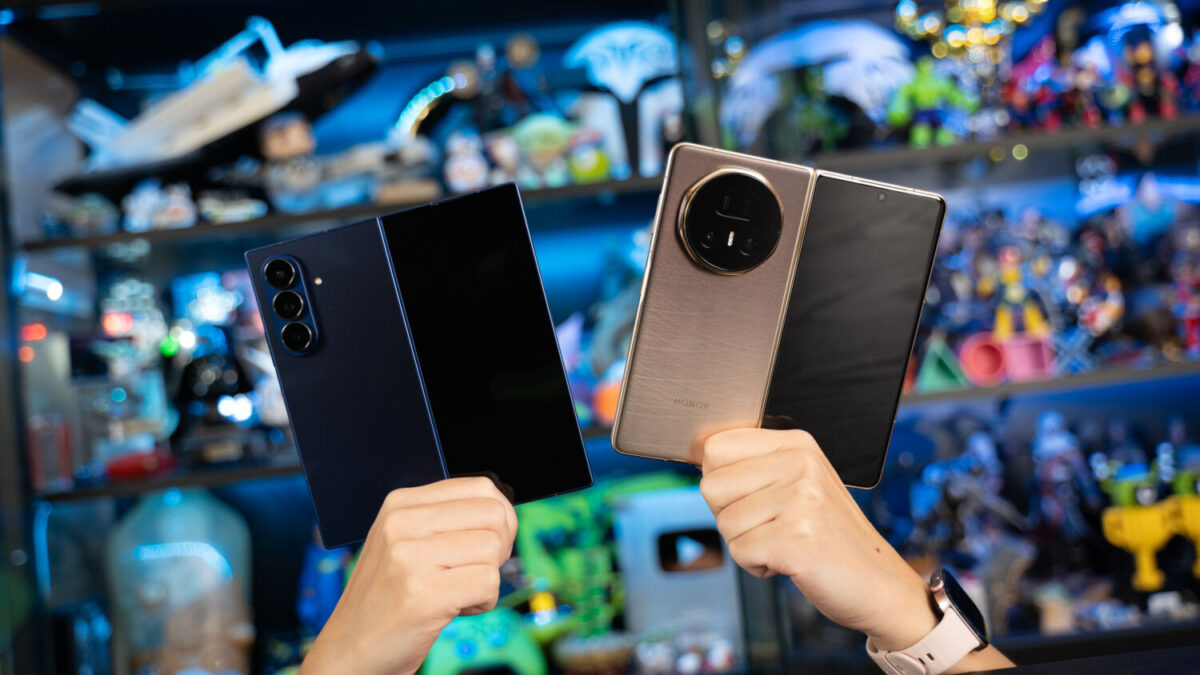
Foldable devices have come a long way, and both the Samsung Galaxy Z Fold 7 and Honor Magic V5 continue to pave the way for redefining new standards. With the pair becoming the best of their respective families, there’s certainly plenty to like about what each has to offer, so long as users are willing to look past their flaws – not that there are many to begin with.

